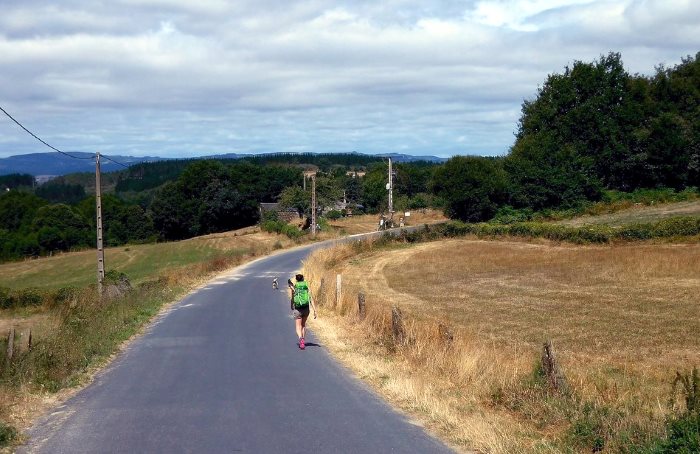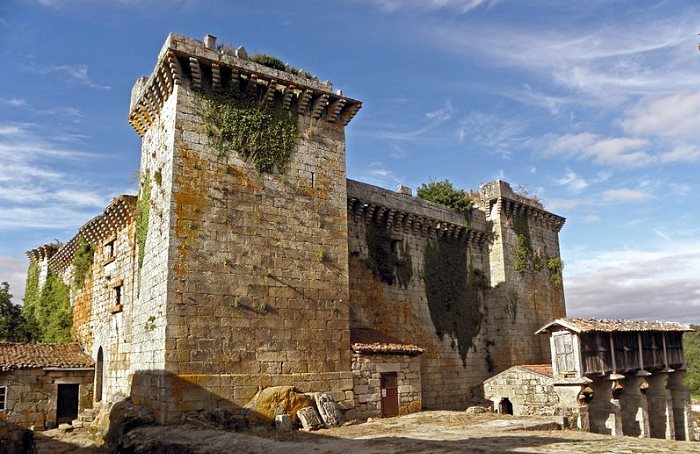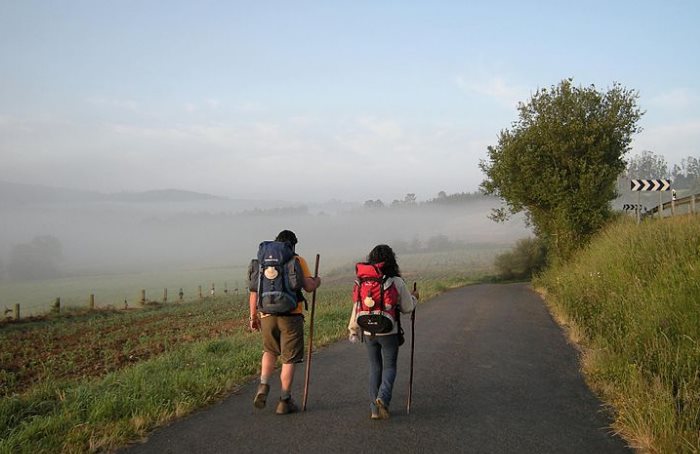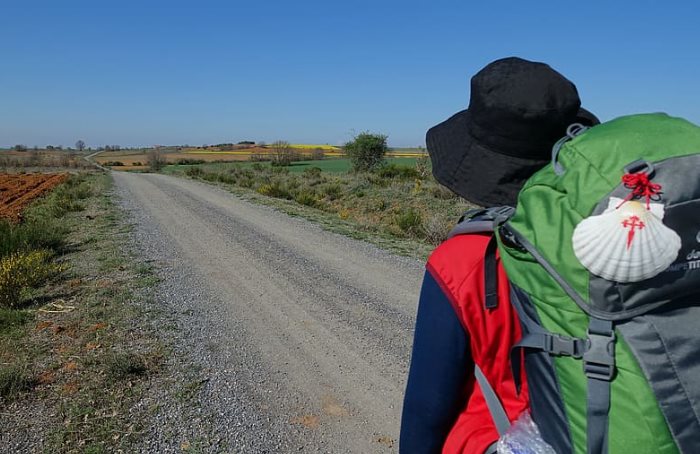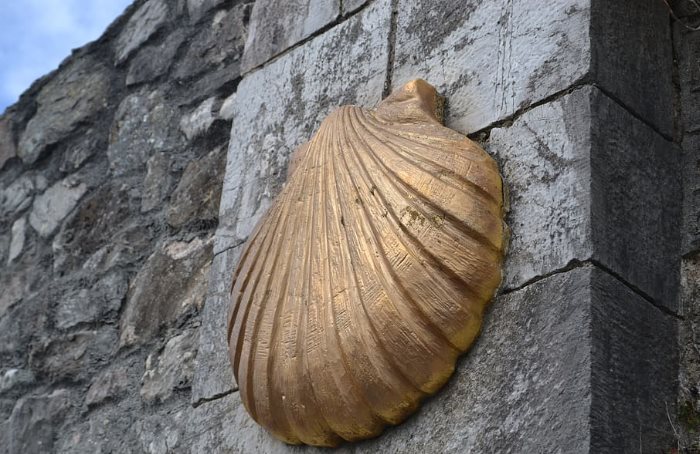HISTORY OF THE WAY
Santiago de Compostela, along with Rome and Jerusalem, are the three most important holy sites to Christianity.
The Camino de Santiago is made up of several pilgrimage routes that aim to reach the tomb where the remains of the Apostle Santiago El Mayor rest.
Christian tradition says that where the remains of the apostle were found (year 820 approx) a small chapel was built that gradually underwent modifications to become what is now the Cathedral of Santiago de Compostela.
King Alfonso II of Asturias was the first Spanish monarch to undertake a pilgrimage to reach the tomb of Santiago whom he proclaimed as Saint and Patron of Spain.
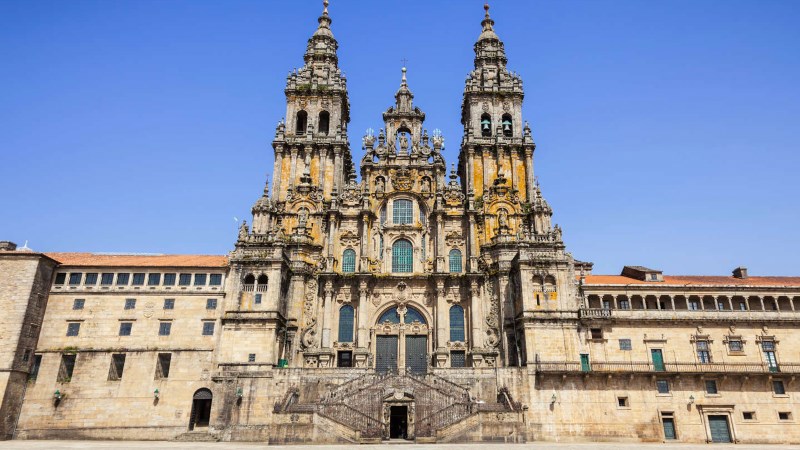
THE WAYS
The Camino de Santiago pilgrimage has been done since the middle ages through many routes, of which we can highlight:
The French Way that departs from Saint Jean Pied de Port in the French Western Pyrenees until reaching Santiago de Compostela. This is the route of greatest Jacobean tradition and the approximately 830 km. can be walked in 37 days.
The Primitive Way departs from Oviedo and connects with the French Way in the town of Melide; 321 km that can be done in 13 days.
The Portuguese Way that starts in Tui and takes 6 days to walk about 119 Km.
The English Way that departs from A Coruña. 3 days that add up to 72 km, or Ferrol 5 days that represent a distance of 122 Km.
The Northern Way that begins in Irun in the Basque Country of northeastern Spain, is carried out in 34 days for a distance of 824 km.
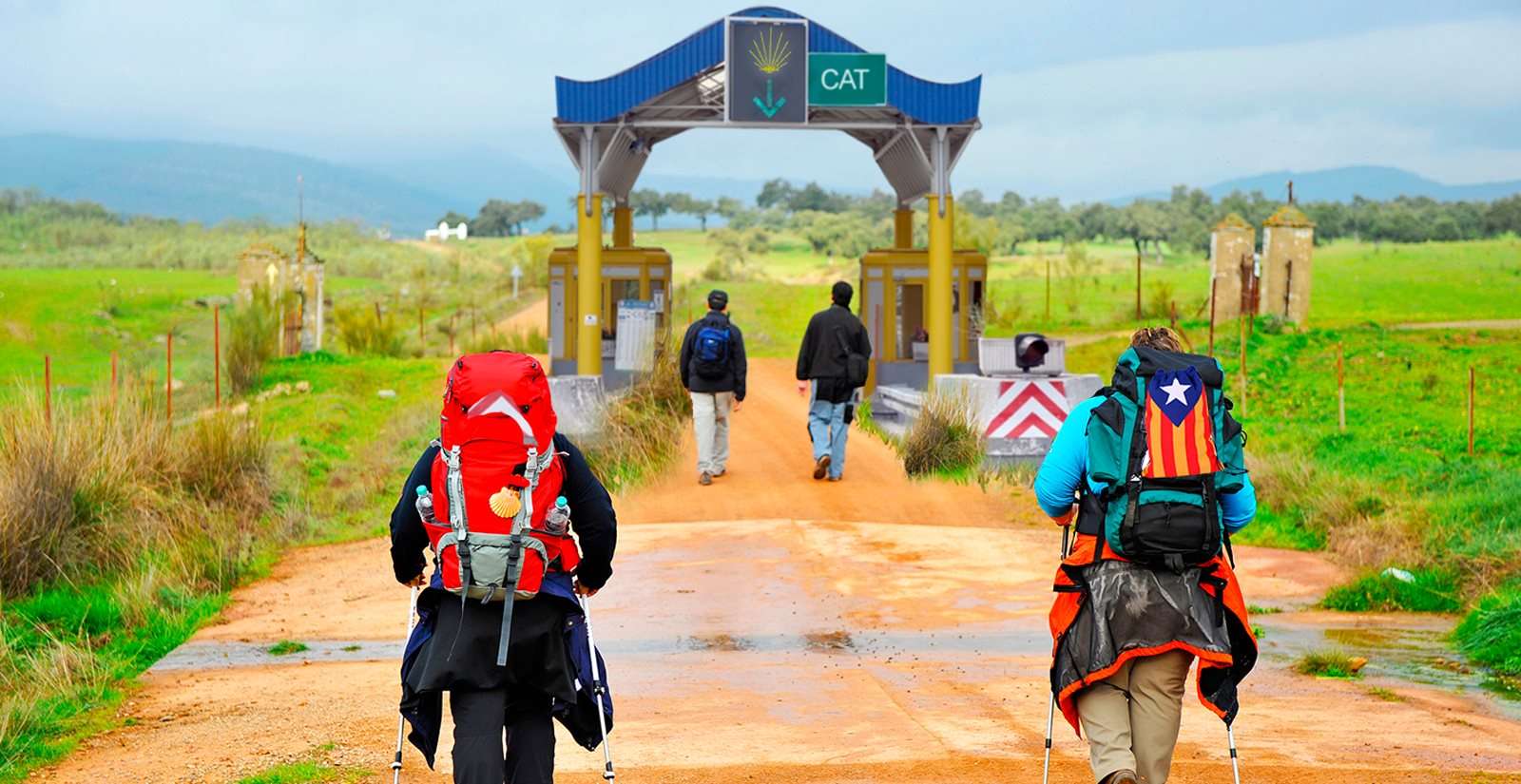
THE LAST HUNDRED KILOMETERS AND LA COMPOSTELA
La Compostela is the document, granted by the Catholic Church, to any pilgrim who has made at least the last 100 kms of the Camino de Santiago on foot or on horseback with a spiritual or religious sense. For this reason, the vast majority of pilgrims who undertake the Camino de Santiago start the route in Sarria. 120 km in 5 or 6 days.
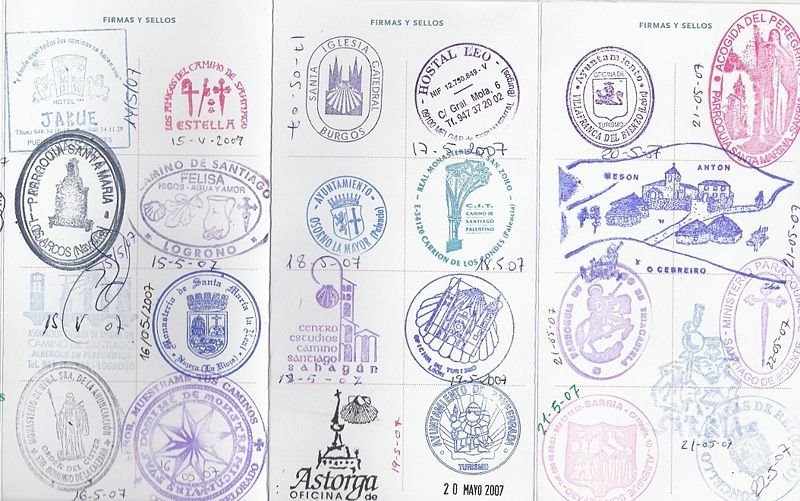
For a significant number of pilgrims, Sarria, for its proximity to the last 100 km of the Camino de Santiago, is the ideal place to start it.
This stage is easily accessible and has a 25 km route where you can see Romanesque churches, ancient…
It is the longest stretch of this route and a real challenge of 29 km of ups and downs. Crosses the Province of Lugo to La Coruña.
Another stage easily accessible by small villages surrounded by eucalyptus, meadows and crops. On the way of 19 km journey …
It is the final 20 km stretch to the Portal de la Catedral de Santiago and the Plaza del Obradoiro.
It is the longest stretch of this route and a real challenge of 29 km of ups and downs. Crosses the Province of Lugo to La Coruña.

